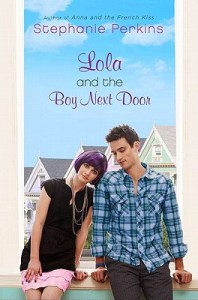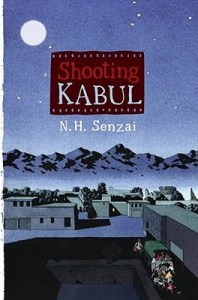 by Robin Sloan
by Robin Sloan
First sentence: “It would have been nutritive gel for dinner, same as always, if I had not discovered stuck to my apartment’s front door a paper menu advertising the newly expanded delivery service of a neighborhood restaurant.”
Support your local independent bookstore: buy it there!
Release date: September 5, 2017
Content: There’s several instances of swearing, including a handful of f-bombs. It’s in the adult fiction section of the bookstore.
Review copy provided by the publisher.
Lois Clary is a Millennial, stuck programming in a tech job in San Francisco. It’s a get up, go to work life, one that, while isn’t bad, isn’t fulfilling either. And then she discovers Clement Street Soup and Sourdough, and is in love. With the food. Run by a couple of immigrant brothers, it’s something that fills her soul. So, when they unexpectedly have to leave the country, they leave her the starter for the sourdough. It’s that small act that changes Lois’s world. She learns to bake sourdough, and discovers that the starter itself is a bit magical. But more than that, Lois finds a purpose in life, a meaning to everything. She becomes involved with an underground experimental farmer’s market, and works on teaching a robot arm how to cook. There’s a bit of conflict with big business and some over-anxious scientists, but for the most part, this is Lois’s story, her discovering there’s more to life than sitting in a cubical.
Which is really the point of this. It lies at the intersection of those who bake/love baking and those who “get” or are technologically savvy. There’s a strong sense of needing to get out of working with computers to find satisfaction in life, but there’s also a sense that technology is inevitable and working with it instead of fighting it is the way to go. It’s a fascinating balance, and Sloan handles it beautifully.
In the end, this isn’t a deep novel (then again, neither was Mr. Penumbra’s 24-Hour Bookstore), but it was a thoroughly enjoyable one. Now to go find a good loaf of sourdough to eat! (Or, maybe I should find myself a starter and learn how to make one…)









